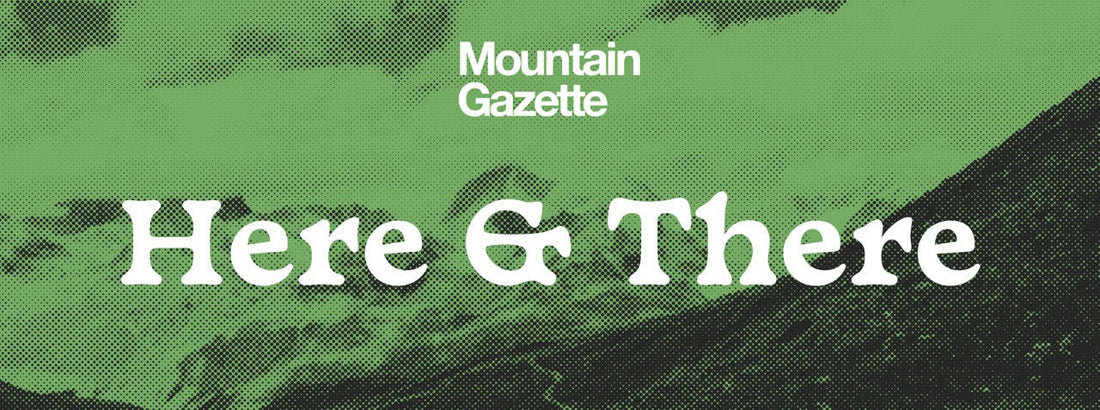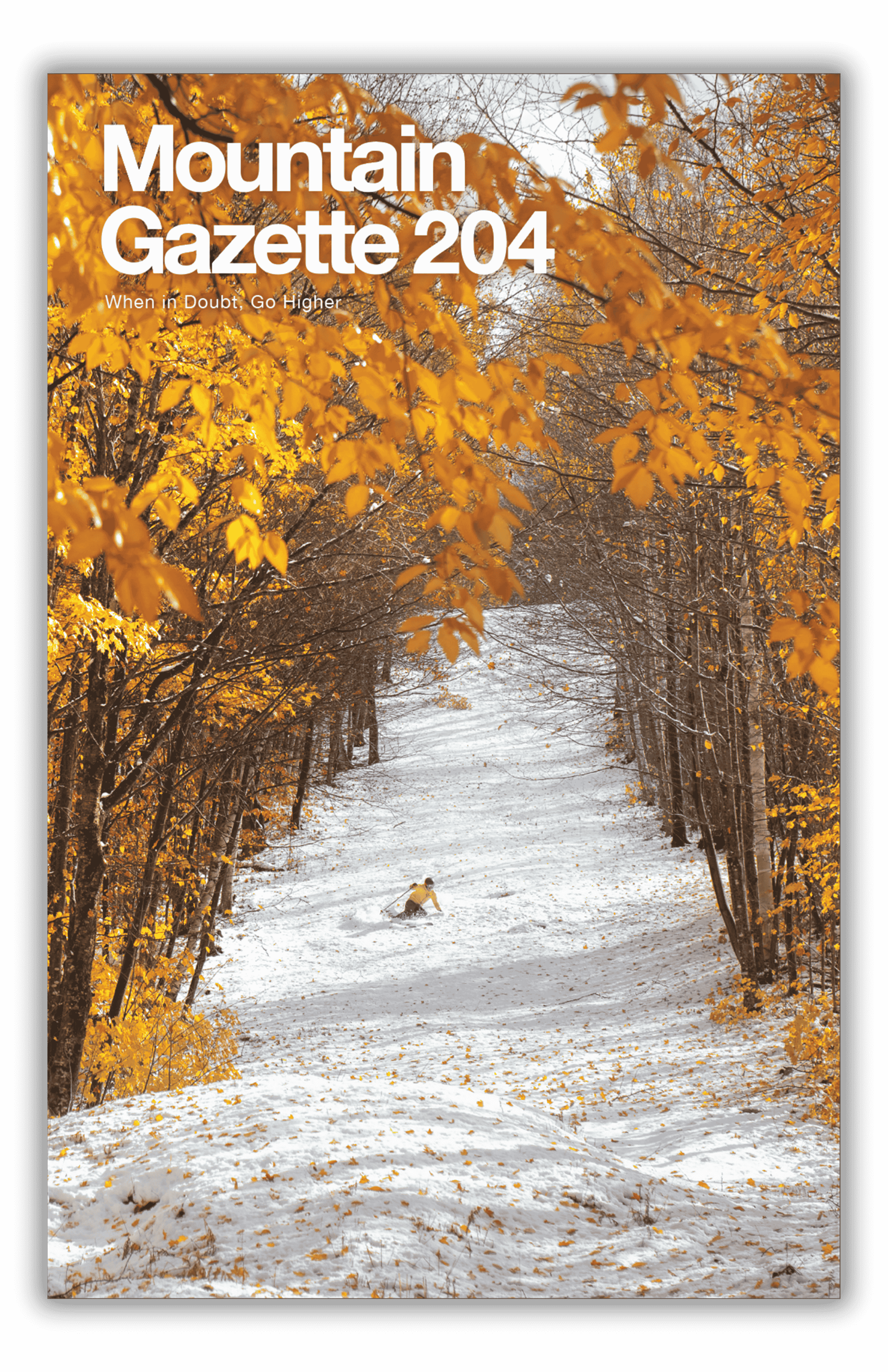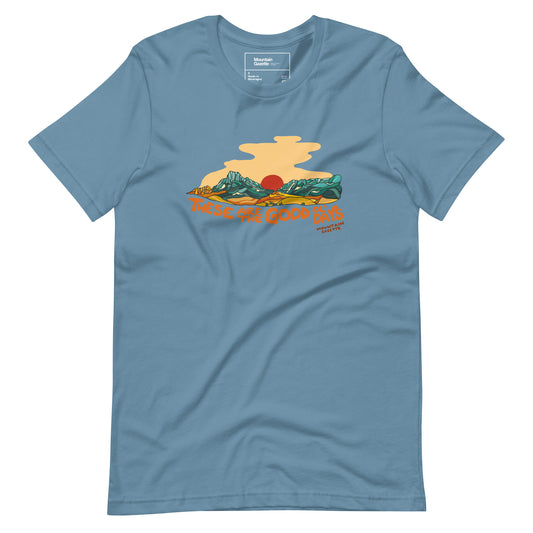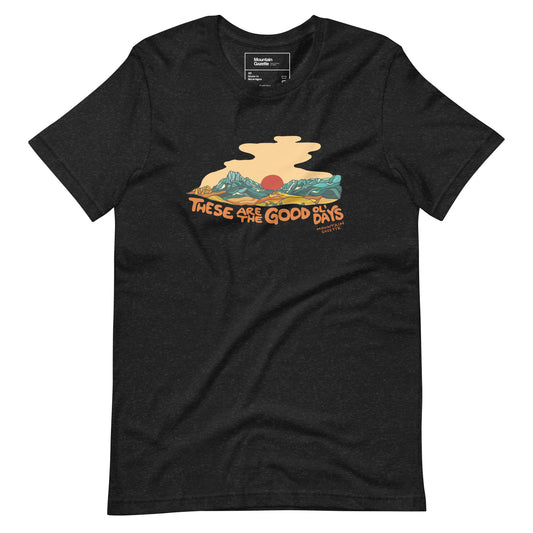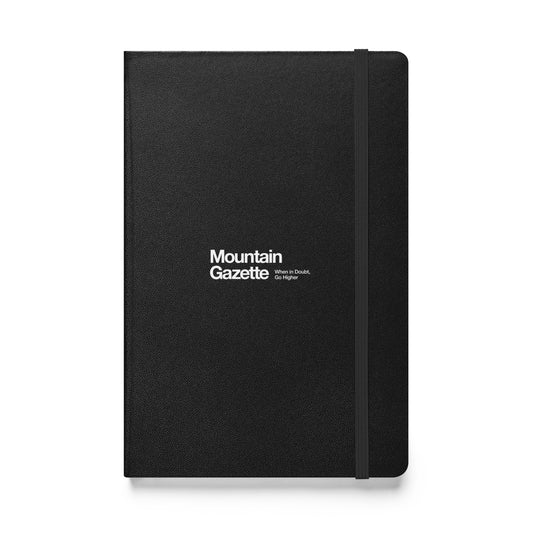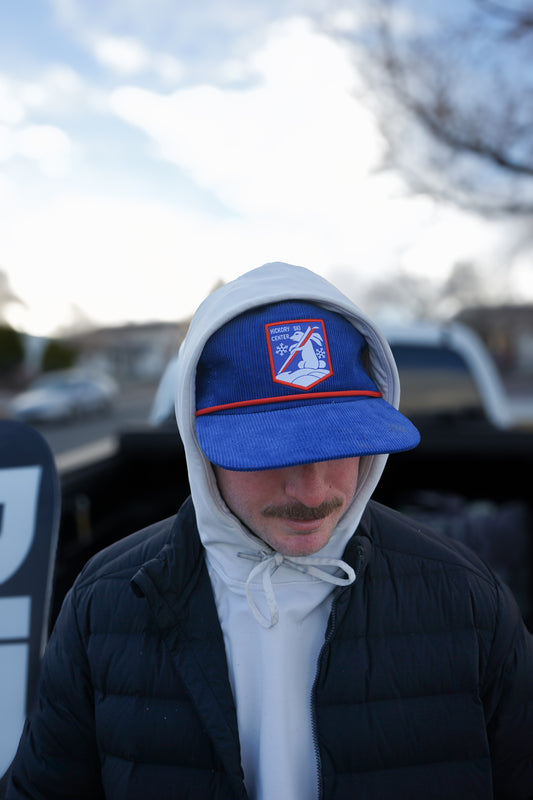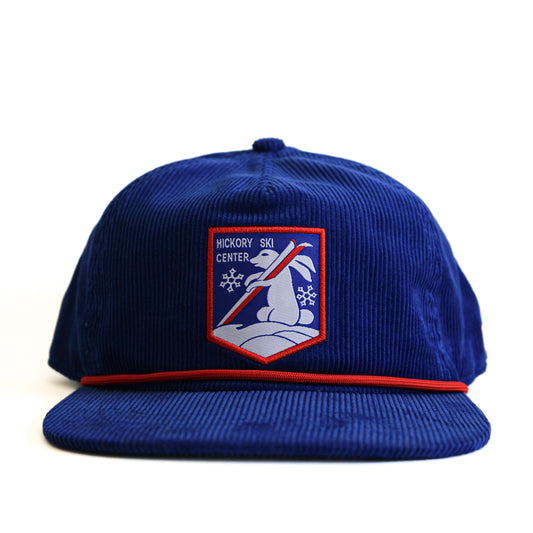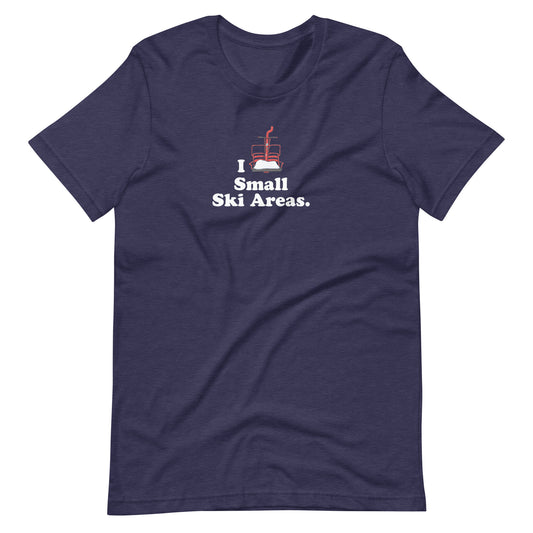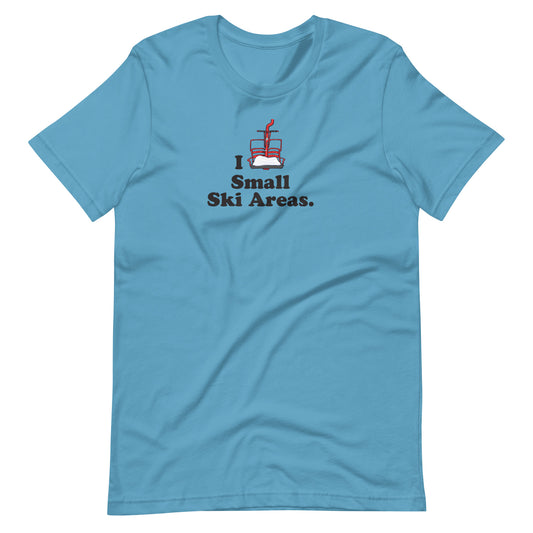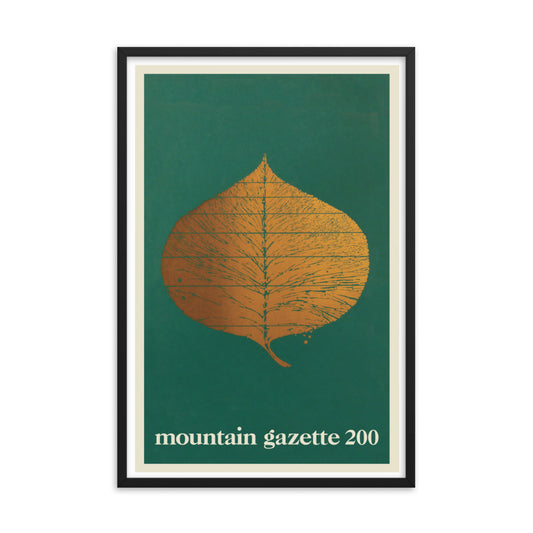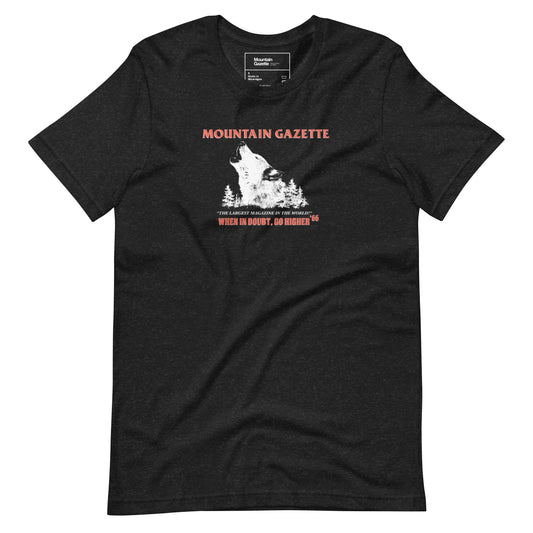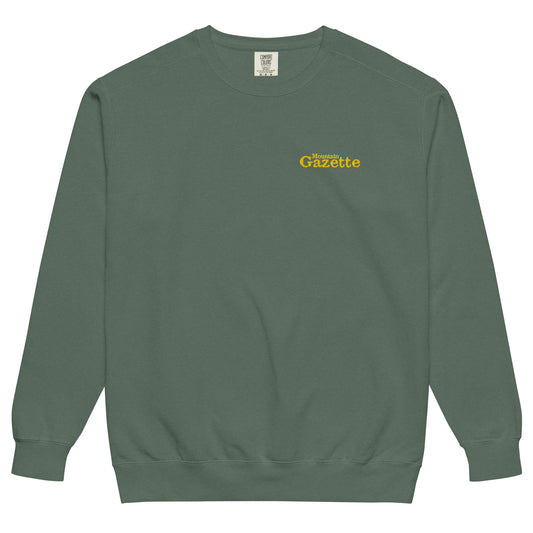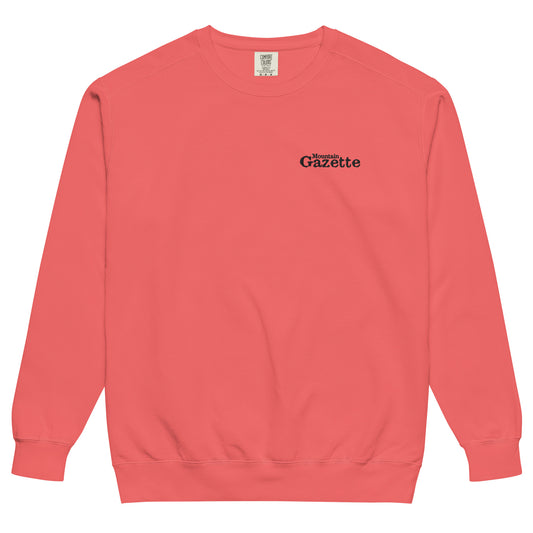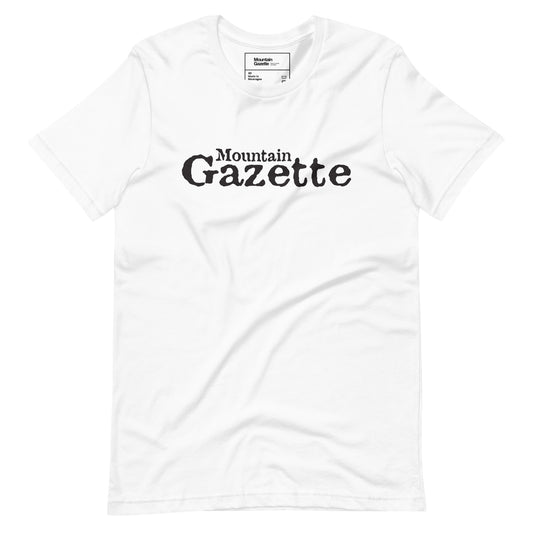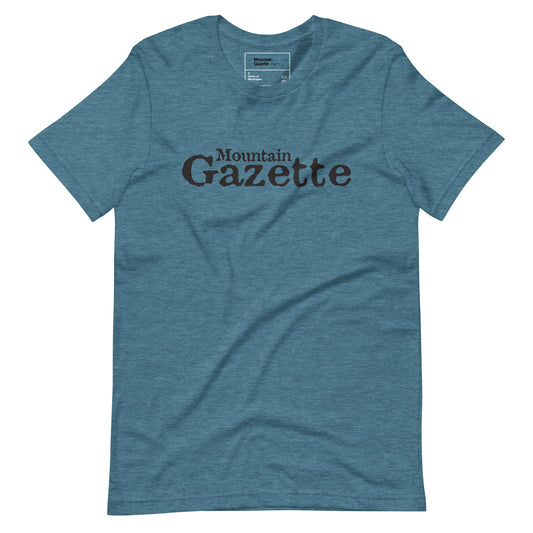This article was originally published in the Here & There newsletter by Kyle Frost. Here & There is an email newsletter published every other Thursday.
Your favorite outdoor brand doesn't just want you to buy a puffy jacket anymore. They want you to watch their films, join their loyalty program, stay at their hotel, ride their trails, attend their film festival, and maybe join their running club. “Omni-channel marketing” is fancy marketing-speak, but basically it just means that brands want to interact with you in more places—and more often. These strategies aren’t new, but they’ve picked up serious momentum and variety in the outdoor industry over the past decade. While the approaches vary, the goal is the same. They want to keep you coming back.
Patagonia rallies people around environmental activism with community events, while brands like Salomon, Hoka, and Merrell sponsor major race series like UTMB, Golden Trail, and the Skyrunning world series. Arc'teryx has its Arc'teryx Academy, offering hands-on clinics in iconic mountain destinations worldwide, bringing together athletes and enthusiasts. The Outside Festival seeks to blend live music, adventure films, and an industry day into a hybrid consumer-industry event. And those are only a few examples.
Some brands are even moving into hospitality, turning physical spaces into brand-driven experiences. Snow Peak’s Campfield reflects the brand’s minimalist Japanese aesthetic, Bass Pro Shops’ Big Cedar Lodge is a full-scale outdoor resort, and Evo’s hybrid hotel-retail spaces offer a mix of lodging, coffee, gear, and workshops. They have locations in Salt Lake City and Japan, and are expanding to a new location in Tahoe City.
It’s clear that in an increasingly competitive industry, a growing number of brands feel that selling gear isn't enough. But while some companies manage to create effective ecosystems outside of product, others overreach; the failures often stem from ventures that don’t feel like core expressions of the brand.
REI’s Experiences program, designed to marry gear sales with guided trips, shuttered just recently. Teton Gravity Research made a short-lived foray into hospitality, opening the Continuum hotel in Jackson Hole (it’s now run by Gravity Haus). Some brands, such as Nike, have had an on-and-off relationship with more community focused (and less “trackable”) marketing efforts like run clubs. Rapha’s clothing and cycling community-focused stores have had a massive impact on cycling culture over the last decade, but they recently shut down their North America office and posted a $23 million loss on the year.
Yet another brand that has been making moves beyond gear is Norwegian-based Norrøna. They’ve expanded their product line to mountain biking and trail running in recent years, but perhaps their most interesting leap has been into both hospitality and adventure travel. I spoke to Jørgen Jørgensen, the 4th generation CEO (the founder, his great-grandfather, was also Jørgen Jørgensen), and Christian Schmidt, Chief Experience Officer and leader of Norrøna Adventure about their strategies for growing the brand.
A new vertical strategy
Originally founded in 1929, many of Norrøna’s recent moves were developed following a strategy meeting in 2016, in which they decided that making products wasn't enough to deliver on their brand goals and promise. Put another way: “If you buy a top-tier ski set from us, ideally, you won’t need to replace it for many years. Ideally, we don't see you again for 20–30 years, except for the occasional repair. While that longevity is amazing, it also presents a challenge: How do we maintain that connection over time?” According to Jørgensen, Norrøna evaluates new opportunities with a simple framework: Can we be the best in the world at this? Do we have passion for it? And can it be profitable?
Norrøna launched their adventure travel arm (now called Norrøna Adventure) by acquiring a seasoned Norwegian travel agency in 2019. This move aimed to provide high-quality travel experiences that reinforce the brand’s identity beyond gear, and the decision to buy an existing, successful travel company was a strategic one. “Instead of building from the ground up, we acquired an established agency with deep experience in adventure travel,” explains Christian Schmidt. Unlike REI’s Experiences program, which struggled under the weight of operational challenges and always felt a bit vestigial, Norrøna’s strategy hinges on careful integration and controlled, profitable growth. “We aren’t treating this as a side project—we are integrating it fully into our philosophy,” Jørgensen emphasizes. By acquiring an existing base of customers and trips, Norrøna is able to slowly apply their brand’s ethos to this new vertical, rather than having to build it from scratch–remediating a significant amount of risk.
 Screenshot adventure.norrona.com
Screenshot adventure.norrona.com
Entering hospitality


What's working for Norrøna?
The expansion into other verticals remains very much an experiment, but when juxtaposed to other brands, there is something (I really hate to say it), “authentic” about their approach. There is a desire to grow, but very intentionally and at an extremely measured pace. The pace, quality, and dueling ethos of “high-end” and “rustic/adventure” feels relatable to the brand and gear. They’re focused on the things they think they can do not just well, but uniquely better. In this case, that’s to provide adventure experiences and showcase Northern Norway in a way that no one else in the world can. Jørgensen is confident that Norrøna can do an incredible job with lodges in northern Norway, but when I press him about growth in Europe or North America, he wasn’t particularly concerned about expanding the vision just yet. “I have to leave something for my daughters to do,” he jokes.
This style of growth is probably only possible because Norrona is still small and family owned. With only 140 employees and a focus on profitability, Norrona manages to punch above its weight when it comes to influence and quality. The VFs and Amer Sports of the world are operating at a vastly different scale. Their customer bases are massive and extremely varied. It gets much harder to decide “who” they’re targeting with any one marketing campaign, capsule collection, or partnership. They're beholden to shareholders and public markets, with thousands of employees and a massive retail presence both physical and online. That broad scope, reach, and customer base inevitably leaves them open to criticisms (both fair and unwarranted) from consumers who don’t see themselves reflected in every campaign.
Looking ahead
Some larger brands seem to be stumbling and attempting to be everything to everyone these days, making Norrøna’s clarity of purpose feel somewhat unique. That said, there’s a lot here still up in the air. Senja has yet to open, and Norrøna's experience in travel remains only a few years old. Their approach seems to be working for now, but what happens if they double in size? Or if the adventure travel market gets oversaturated (or shrinks)? Can Norrøna continue to grow their travel market outside of Norway? I’ve talked in the past about how companies can become victims of their own success as they scale, and Norrøna is not immune from these pressures. These moves are still a risk for the company, something that Jørgensen is fully aware of.
“Sometimes when things are going really well, you stop taking risks because you’re afraid to fail. But that can make you too conservative. Failure is actually important—if you haven’t failed at something, it probably means you’re not taking enough risks. For me, and for the company as a whole, it’s about finding that balance. You need to try new things, and with that comes the inevitability of failure. It's part of growth.”
In a poignant testament to that mindset, as well as Norrona’s dedication to sustainability, Jørgensen notes that their lodges will be built with minimal impacts to the landscape, with some utilizing a building style on stilts to avoid foundational changes. “If we ever need to remove the lodge, after a couple of years, you simply will have no idea it was ever there. Canvas is the same. If we take away Canvas—you know—two, three years later, you will not see any footprint. And this is the mentality we use in the places we are developing.”
In an industry where growth often comes at the expense of a clear identity, Norrøna’s patient approach might offer an example for how brands can grow, be successful, and reinforce customer relationships without losing their soul. Sometimes success isn’t just about adding more, but about adding the right things. That said, maybe we’ll have to check in a few decades down the line with the next Jørgensen in charge.
—

